World Heritage Sites continue to enhance the current section of my route on a nearly daily basis, and my recent visits involved four in the vicinity of the English Channel. Well, alright, the first two are not particularly close to that body of water, but they are within a half day’s cycling distance, so that is close enough for me.
The first was the city of Bath, one of Britain’s most picturesque towns, and an easy two-hour train ride from my last stop in London. The city was inscribed on the List for a few reasons, its Roman ruins, Georgian-era architecture, and town planning from the same period. For me, the Roman part of the Site was the highlight, and it exhibits the important remains of Aquae Sulis, a settlement centered around one of Britain’s only hot springs. The bath house of that settlement was rediscovered in the eighteenth century, and is the Site’s main attraction. Since that time, numerous other artifacts have been uncovered and are on display in the integrated museum, and they reveal that the Romans were certainly serious about including Britain in their empire. I have never been very knowledgeable about Roman Britain, but these exhibits made me wonder how different things would be today if that period had lasted longer. I was slightly less satisfied with the Georgian-era aspects of the Site. The neoclassical architecture is certainly impressive and well-crafted, but, to me, that style seems more suited to civic or institutional buildings, as opposed to residences, as many there were intended to be. The town planning features also seemed to anticipate some of the dreary cul-de-sac designs found in modern towns, and that was probably the least interesting part of the Site for me.
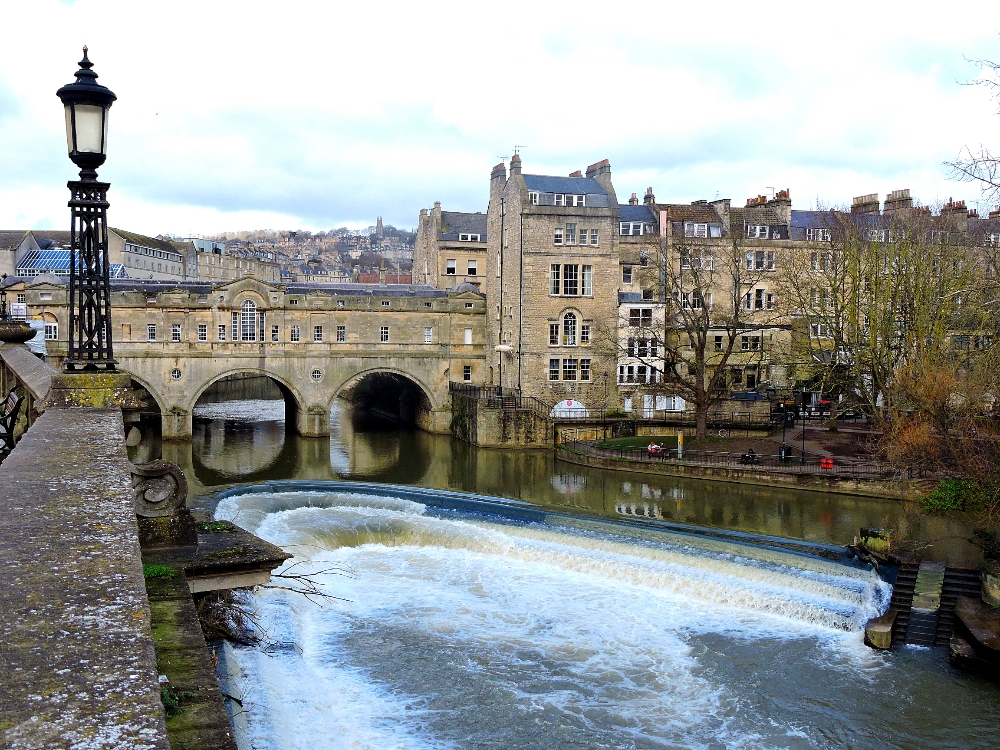
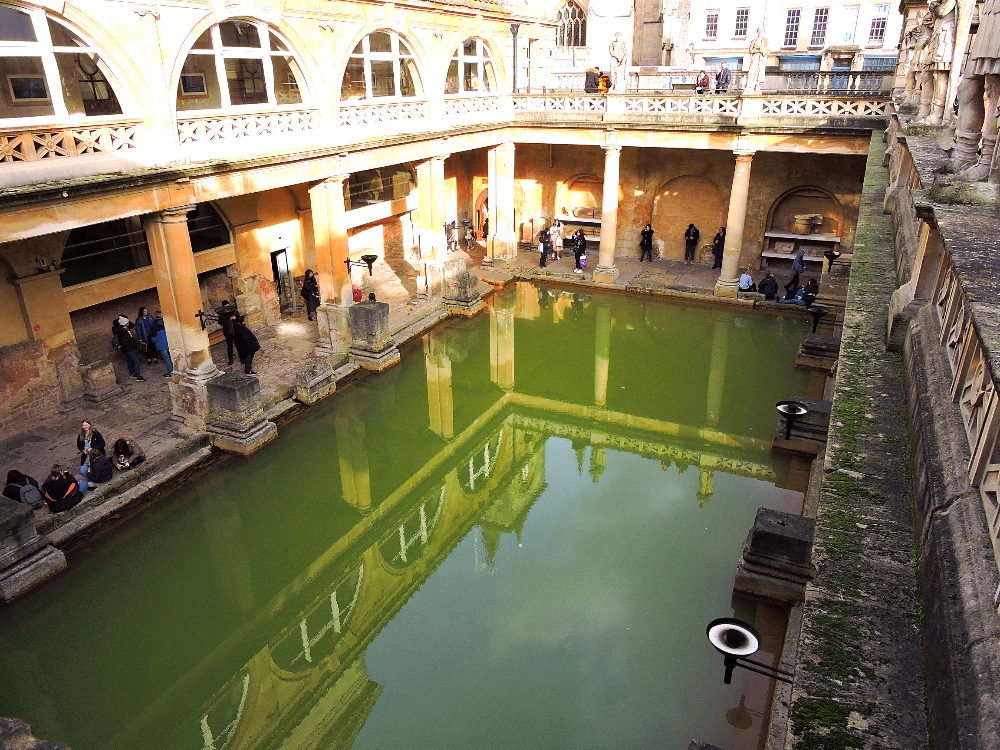
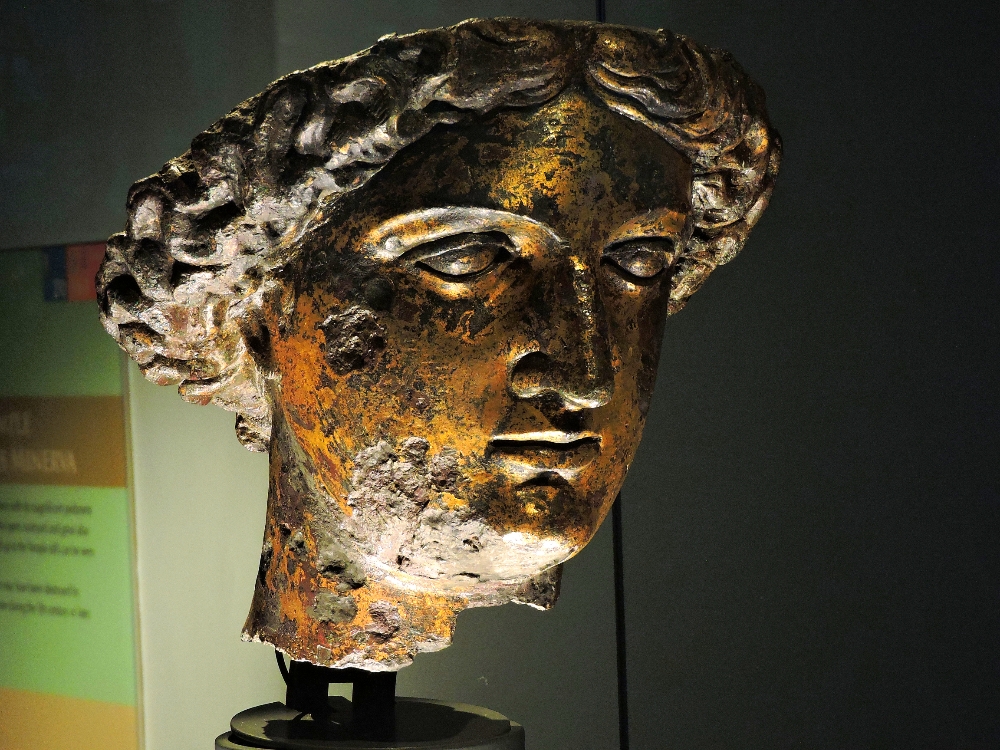
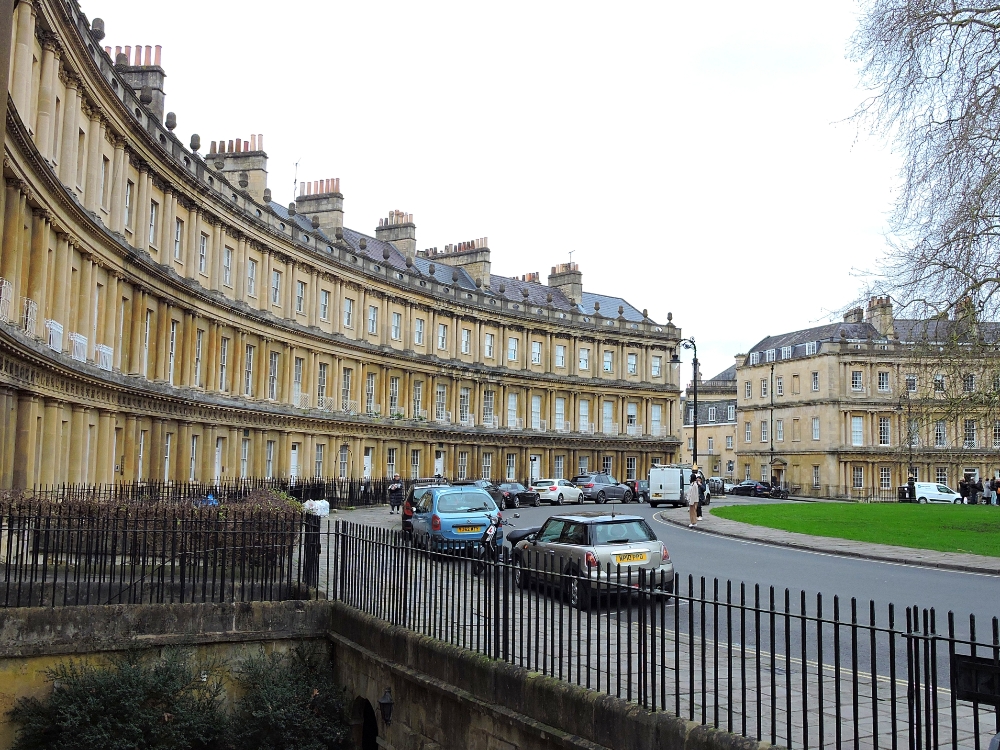
The Circusa residential block in Bath
Up next was one of the most recognizable and famous Sites on the List, the megalithic monuments at Stonehenge and Avebury. I visited Avebury first, and, as I was determined that I would include a few days of cycling in this region, I reached that lesser-known half of the Site after a chilly, but enjoyable, ride from Bath. Avebury is a considerably larger circle of standing stones that was contemporary with Stonehenge. As it was a simple circle, less is known about what it was used for, but it was interesting to see nonetheless. It also scored points because one can walk up and touch the seventy-four stones that are still standing today. The next day I rode to Stonehenge and that was made easier because a few years ago a new visitor center was built a few kilometers away from the stones, to keep the encroachment of tourist facilities at bay, with visitors then shuttled to the site by frequent busses. That allowed me to ride to the Visitor Center using secondary roads, which seemed better than the alternatives, but still carried a lot of traffic. I think this change was a distinct improvement to the visitors’ experience since, once one has reached the stones, it is much more peaceful now. The only remaining drawback is the proximity of a very busy two-lane highway, which passes close enough to the stones that vehicle occupants can shout out comments to the site’s visitors. It is also a shame that many of the original stones are now gone, since the utility of the temple would be much more apparent if the complete design still existed. Of course, it was still an amazing experience to see the place that I had previously seen in so many photographs over the years.
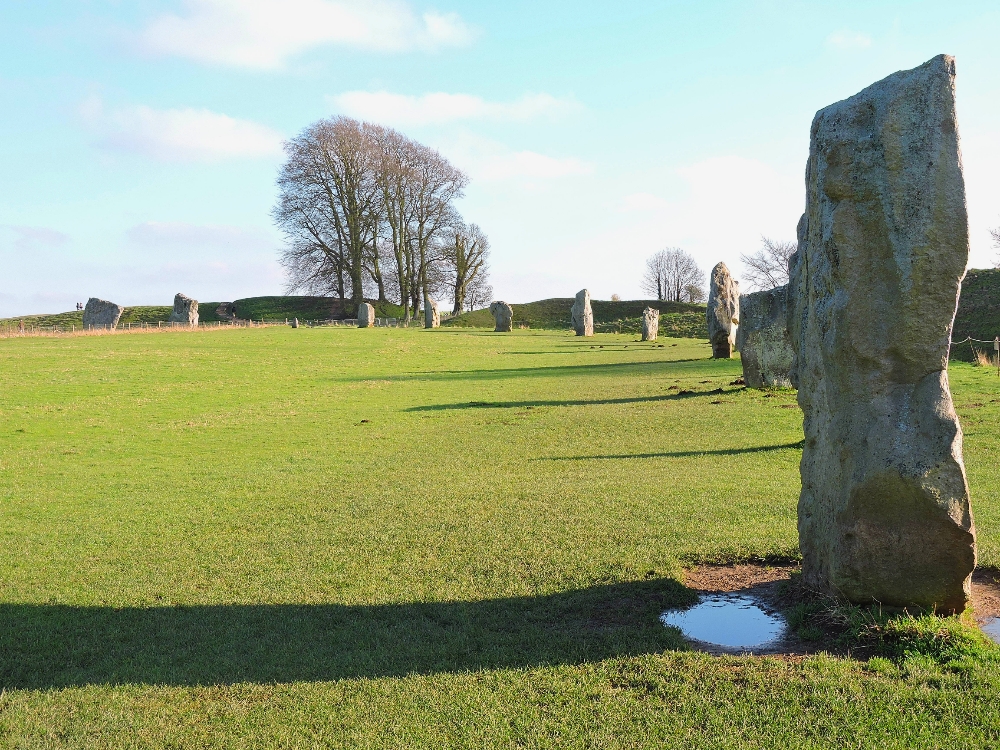
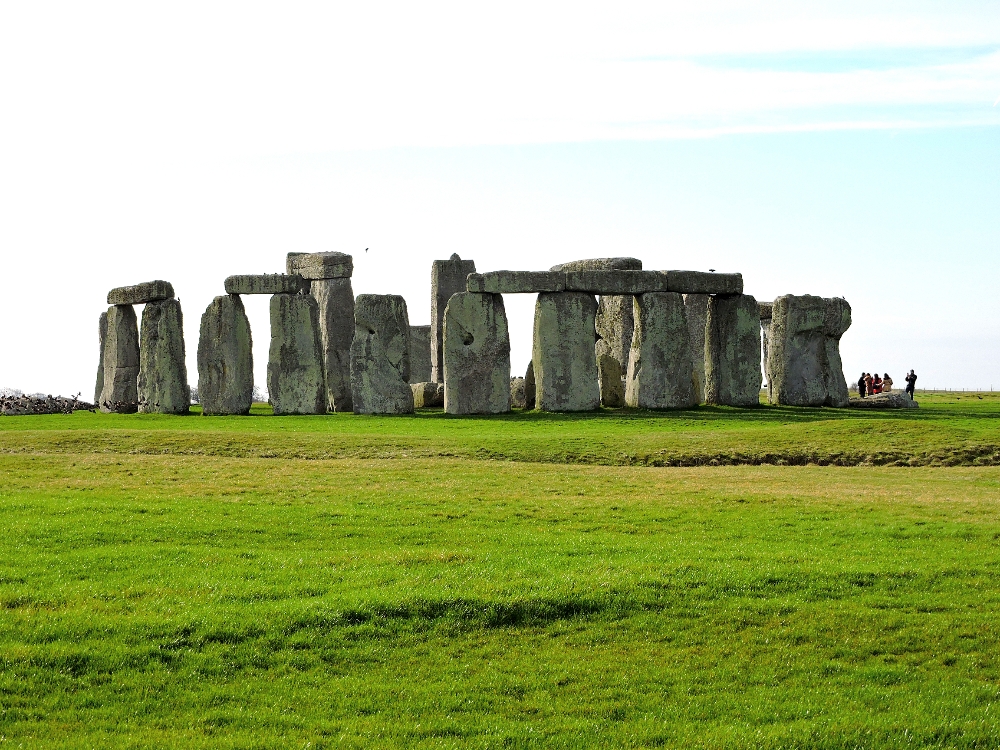
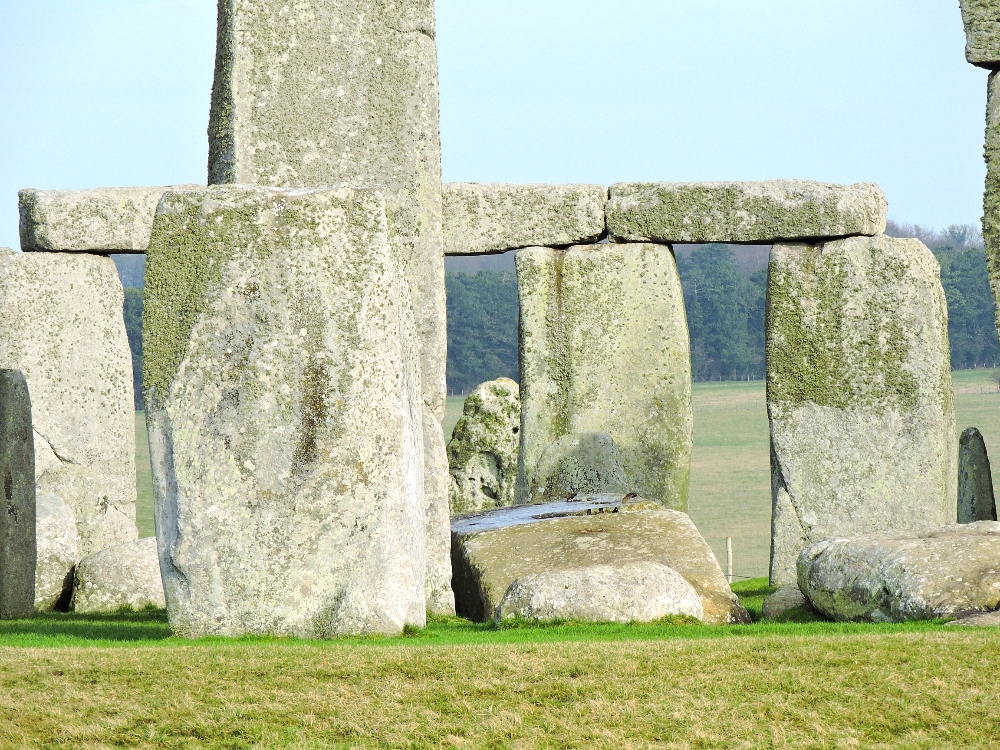
The third Site in this section was a relatively minor one, namely the Dorset and East Devon Coast. That Site includes a string of locations where the famous white cliffs of southern Great Britain can be found in a good state of preservation. Additionally, these limestone cliffs are a major site where fossils from the Jurassic Period have been found. Consequently, the entire area is often referred to as the Jurassic Coast
. Since the easternmost part of the Site was only a short distance away from the port of Poole, where I would soon make my ferry crossing of the Channel, I was able to ride out the morning before that sailing to have a look. Like most paleontological sites, there is little for tourists to see that reveals that aspect of the Site. However, the cliffs themselves were beautiful and my short walk along their edge was enjoyable, even if the Site overall was less appealing than some of the others I had recently seen.
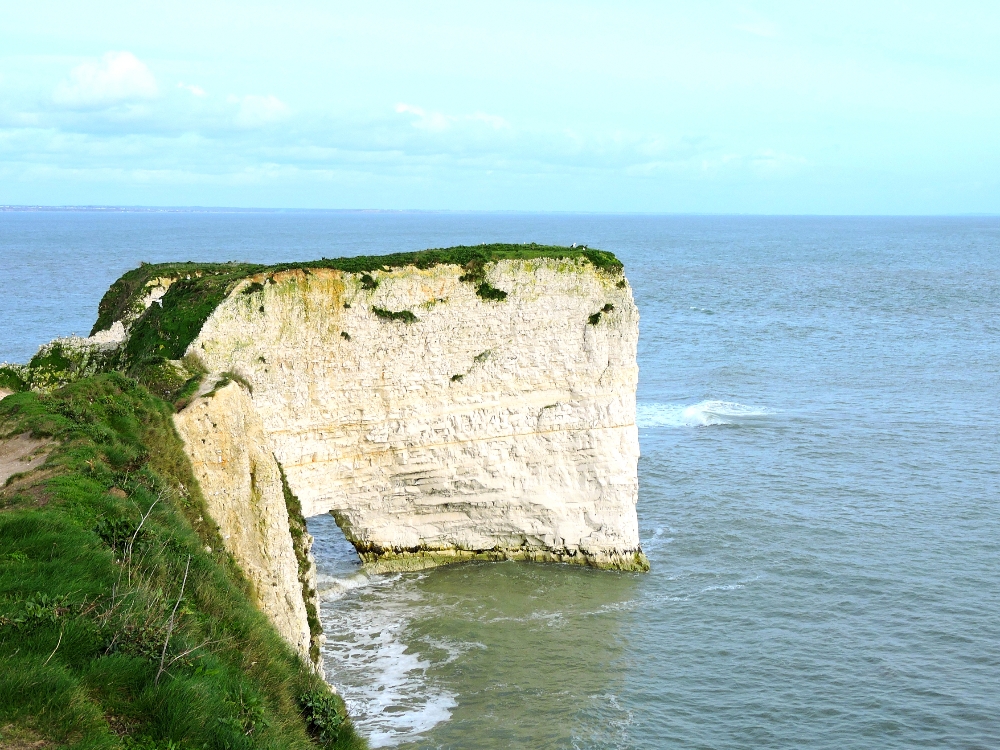
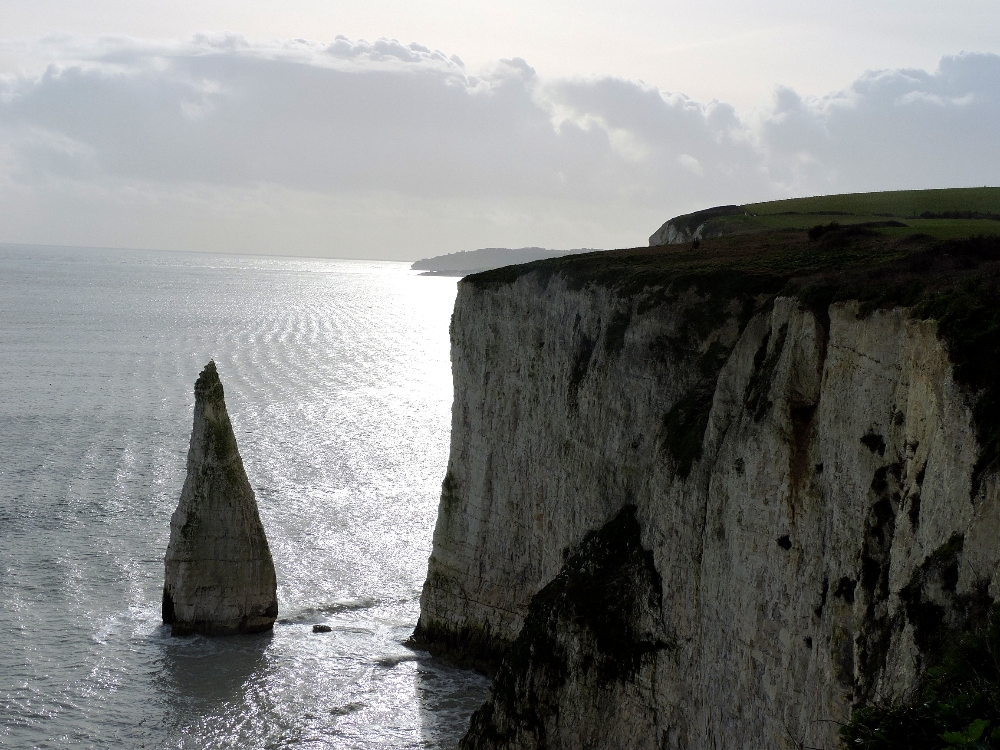
The last Site I visited in this section was one that I can finally add to my visited list after many years. The Fortifications of Vauban is a Site that includes twelve defensive fortifications and related buildings designed by the architect Sébastien Le Prestre de Vauban in the seventeenth century, scattered all around the perimeter of France. In 1997, long before this Site was inscribed, I attended a professional conference in southern France, and, of course, I brought my bike along so that afterwards I could do a short tour in the Pyrenees. As I was descending towards Perpignan, I passed two Vauban forts, in Mont-Louis and Villefranche-de-Conflent. However, in that era I did not realize that I would one day be more interested in such locations, and I was also using my first digital camera (I was an early adopter) and its 8 MB compact flash card only allowed me to capture a few dozen images. Years later, when the Vauban WHS was added to the List, the single images I took of those two forts were inadequate to allow me to remember whether I actually spent any time walking around their structures, or simply snapped a quick photo as I rode past. So I was reluctant to add that Site to my personal list of visits. This time, I knew in advance that I would ride past more Vauban buildings in Normandy, specifically, two defensive towers located in Saint-Vaast-Le-Houge. On this occasion, I spent enough time there that, combined with my previous experience, I can now gladly count this Site.
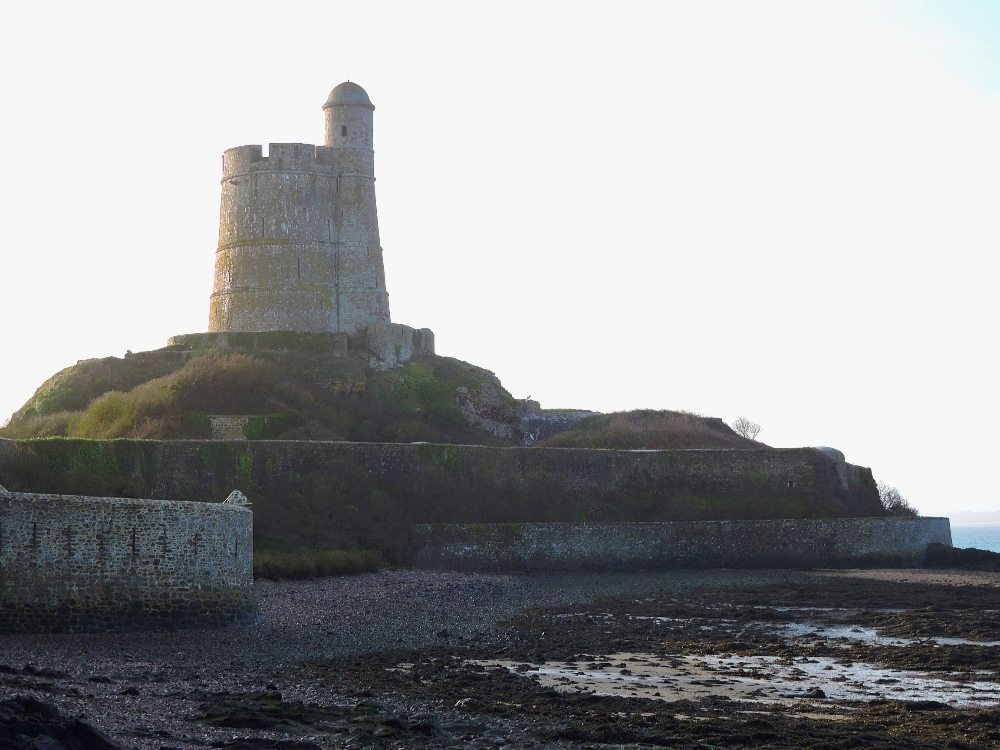
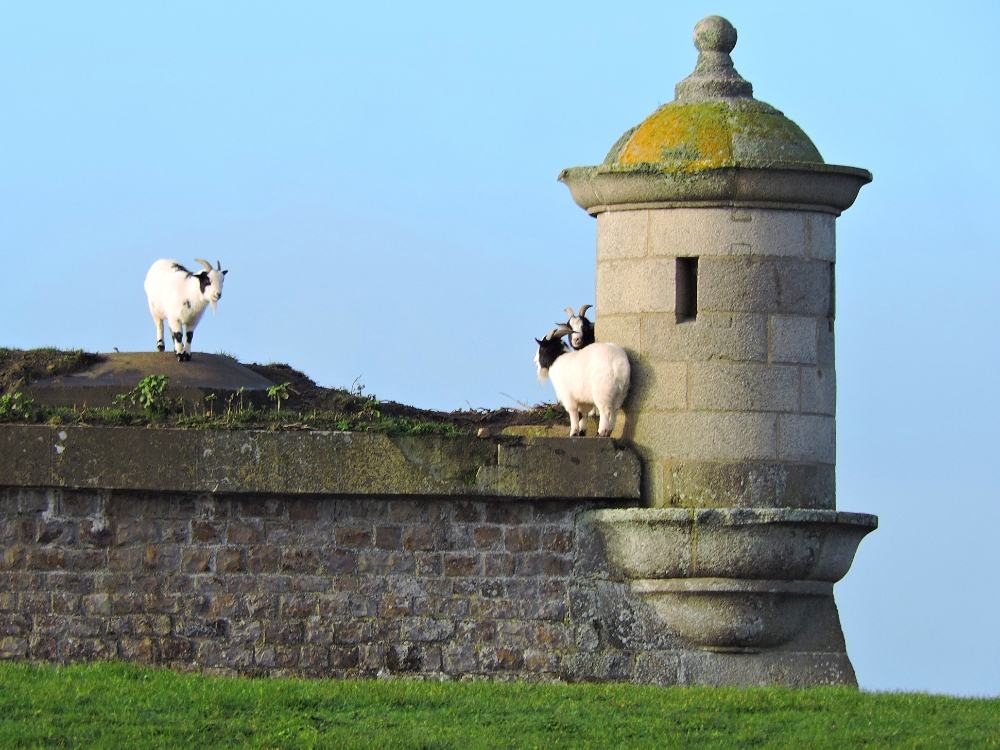
If I can maintain my recent pace for a while, the number of new Site visits will also continue to increase correspondingly for some time to come.